In this digital age, where screens have become the dominant feature of our lives it's no wonder that the appeal of tangible printed material hasn't diminished. If it's to aid in education as well as creative projects or simply adding some personal flair to your area, Characteristics Of Polar And Nonpolar Covalent Bonds have proven to be a valuable resource. For this piece, we'll dive deep into the realm of "Characteristics Of Polar And Nonpolar Covalent Bonds," exploring what they are, how to locate them, and the ways that they can benefit different aspects of your lives.
Get Latest Characteristics Of Polar And Nonpolar Covalent Bonds Below
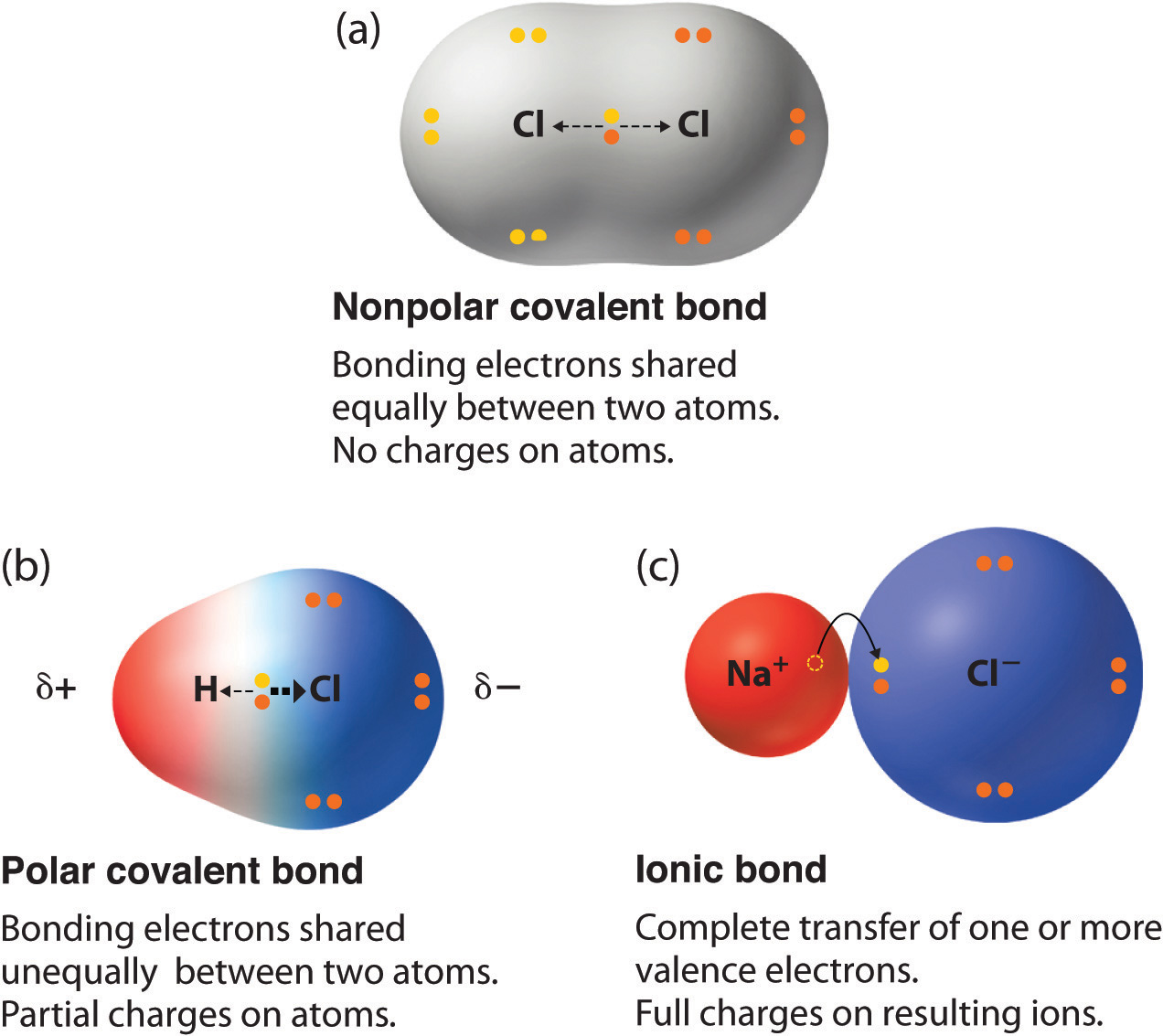
Characteristics Of Polar And Nonpolar Covalent Bonds
Characteristics Of Polar And Nonpolar Covalent Bonds -
A nonpolar covalent bond is formed when two identical atoms share electrons equally Learn the properties examples and contrast with polar covalent bonds of nonpolar molecules
Learn the difference between polar and non polar bonds and how to identify polar molecules based on electronegativity and dipole moment See examples of polar and non polar molecules and how they affect solubility and properties
Characteristics Of Polar And Nonpolar Covalent Bonds provide a diverse assortment of printable, downloadable content that can be downloaded from the internet at no cost. These resources come in many kinds, including worksheets templates, coloring pages, and many more. The appealingness of Characteristics Of Polar And Nonpolar Covalent Bonds is in their variety and accessibility.
More of Characteristics Of Polar And Nonpolar Covalent Bonds
Polar Covalent Bonds And Nonpolar Covalent Bonds Ionic Bonding Types

Polar Covalent Bonds And Nonpolar Covalent Bonds Ionic Bonding Types
Learn how to distinguish between polar and nonpolar covalent bonds based on electronegativity differences Find out how to identify polar molecules and their properties using Lewis structures and VSEPR theory
In a polar bond one atom has a partial positive electrical charge while the other atom has a partial negative electrical charge In other words a polar bond forms an electric dipole In a nonpolar bond atoms share electrons equally so there is no partial positive or negative charge between them
The Characteristics Of Polar And Nonpolar Covalent Bonds have gained huge popularity due to several compelling reasons:
-
Cost-Efficiency: They eliminate the necessity to purchase physical copies or expensive software.
-
Individualization The Customization feature lets you tailor designs to suit your personal needs whether you're designing invitations to organize your schedule or even decorating your home.
-
Educational Value Education-related printables at no charge can be used by students from all ages, making the perfect device for teachers and parents.
-
Convenience: immediate access numerous designs and templates cuts down on time and efforts.
Where to Find more Characteristics Of Polar And Nonpolar Covalent Bonds
What Is Nonpolar Covalent Bond
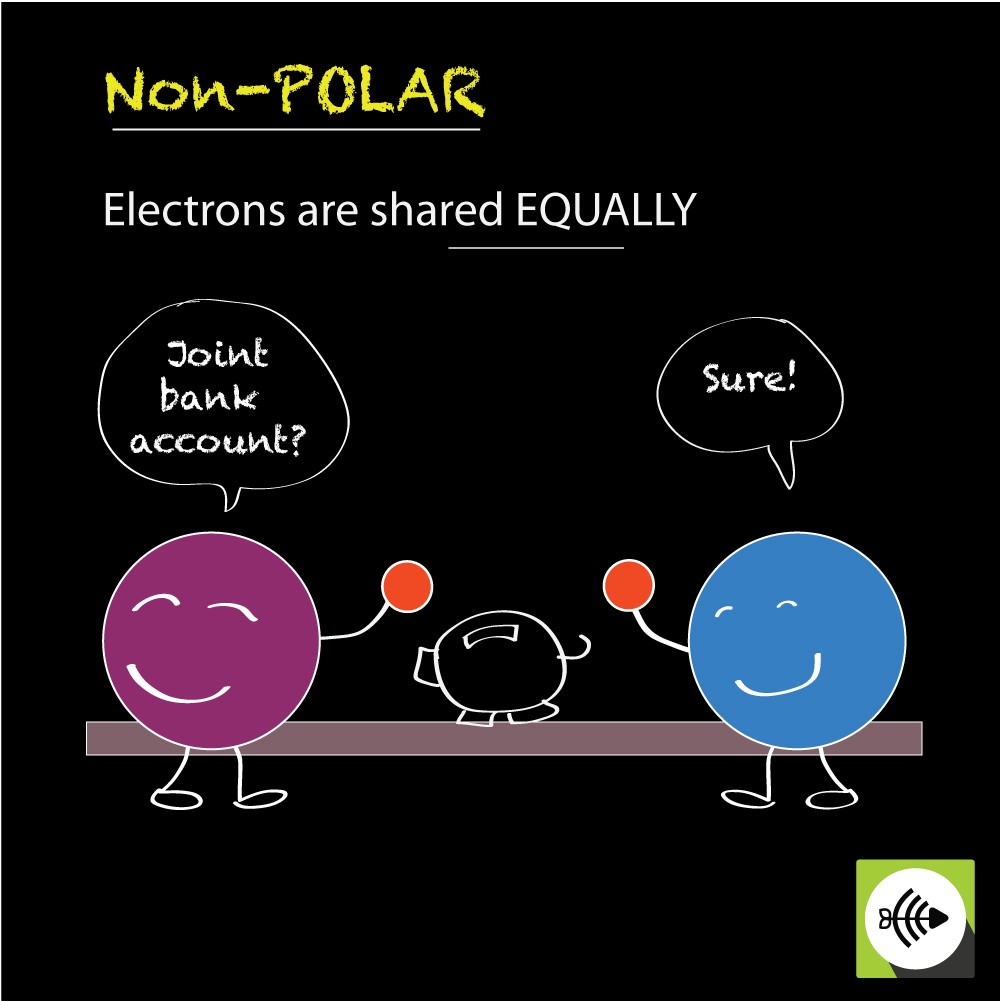
What Is Nonpolar Covalent Bond
Learn how covalent bonds vary in length and polarity depending on the atoms and the number of bonds Find out how to use electronegativity values to predict bond polarity and dipole moments
Learn how covalent bonds depend on the identities and number of atoms involved Compare bond lengths and polarity of single double and triple bonds and how to measure electronegativity and bond polarity
In the event that we've stirred your curiosity about Characteristics Of Polar And Nonpolar Covalent Bonds Let's find out where you can find these elusive gems:
1. Online Repositories
- Websites like Pinterest, Canva, and Etsy provide a variety in Characteristics Of Polar And Nonpolar Covalent Bonds for different uses.
- Explore categories such as the home, decor, organization, and crafts.
2. Educational Platforms
- Forums and educational websites often offer free worksheets and worksheets for printing as well as flashcards and other learning materials.
- Ideal for parents, teachers, and students seeking supplemental resources.
3. Creative Blogs
- Many bloggers post their original designs and templates free of charge.
- The blogs are a vast array of topics, ranging that range from DIY projects to party planning.
Maximizing Characteristics Of Polar And Nonpolar Covalent Bonds
Here are some inventive ways ensure you get the very most use of printables that are free:
1. Home Decor
- Print and frame stunning images, quotes, or other seasonal decorations to fill your living spaces.
2. Education
- Use these printable worksheets free of charge for reinforcement of learning at home as well as in the class.
3. Event Planning
- Make invitations, banners and decorations for special occasions like birthdays and weddings.
4. Organization
- Stay organized with printable planners, to-do lists, and meal planners.
Conclusion
Characteristics Of Polar And Nonpolar Covalent Bonds are a treasure trove of fun and practical tools that can meet the needs of a variety of people and preferences. Their availability and versatility make them a wonderful addition to the professional and personal lives of both. Explore the plethora of Characteristics Of Polar And Nonpolar Covalent Bonds to unlock new possibilities!
Frequently Asked Questions (FAQs)
-
Are printables actually completely free?
- Yes they are! You can print and download these files for free.
-
Can I use the free printables for commercial purposes?
- It's all dependent on the conditions of use. Always verify the guidelines provided by the creator before using any printables on commercial projects.
-
Do you have any copyright rights issues with Characteristics Of Polar And Nonpolar Covalent Bonds?
- Some printables may have restrictions in their usage. Be sure to check the terms and conditions set forth by the designer.
-
How do I print printables for free?
- Print them at home using the printer, or go to a print shop in your area for top quality prints.
-
What program will I need to access printables at no cost?
- The majority of printables are in PDF format. They is open with no cost software, such as Adobe Reader.
Polar And Nonpolar Covalent Bonds Characteristics Differences
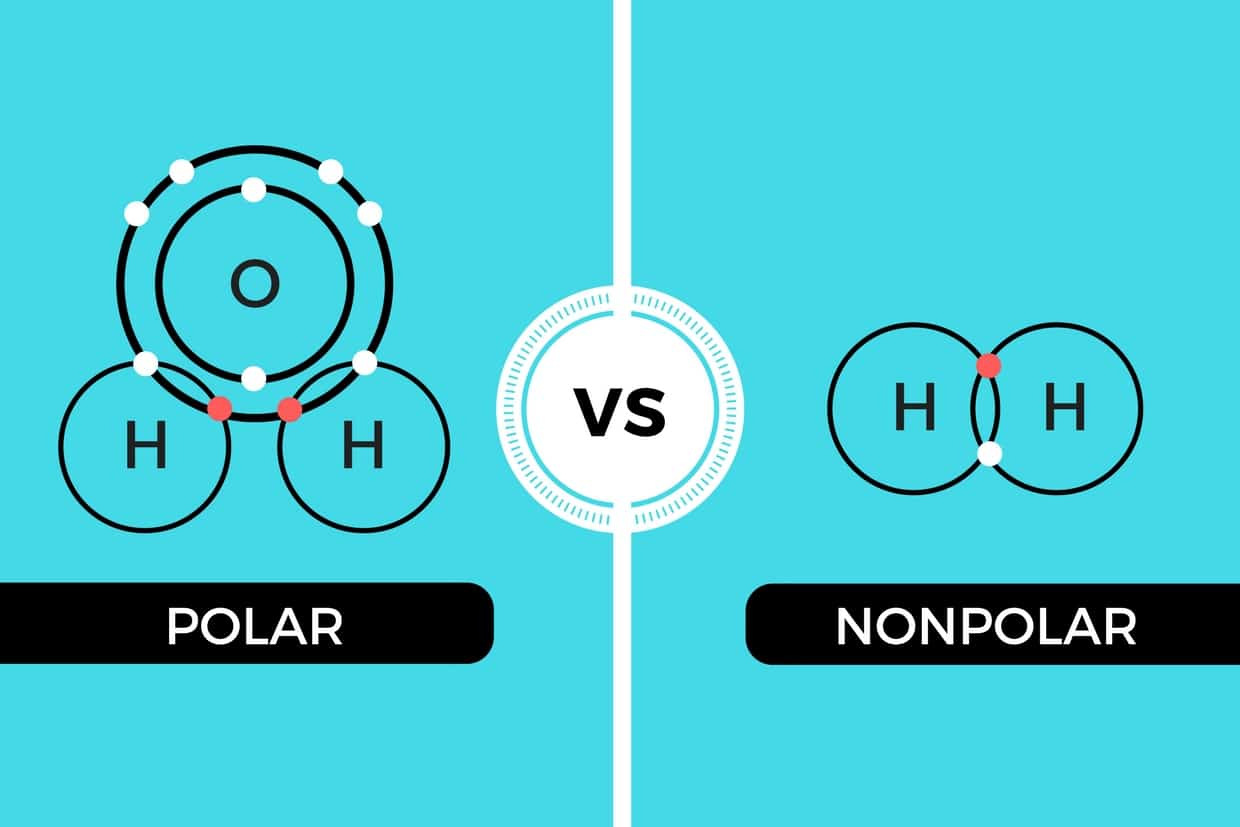
Nonpolar Covalent Bond Examples Thinking Latest
Check more sample of Characteristics Of Polar And Nonpolar Covalent Bonds below
Difference Between Polar And Nonpolar Bonds
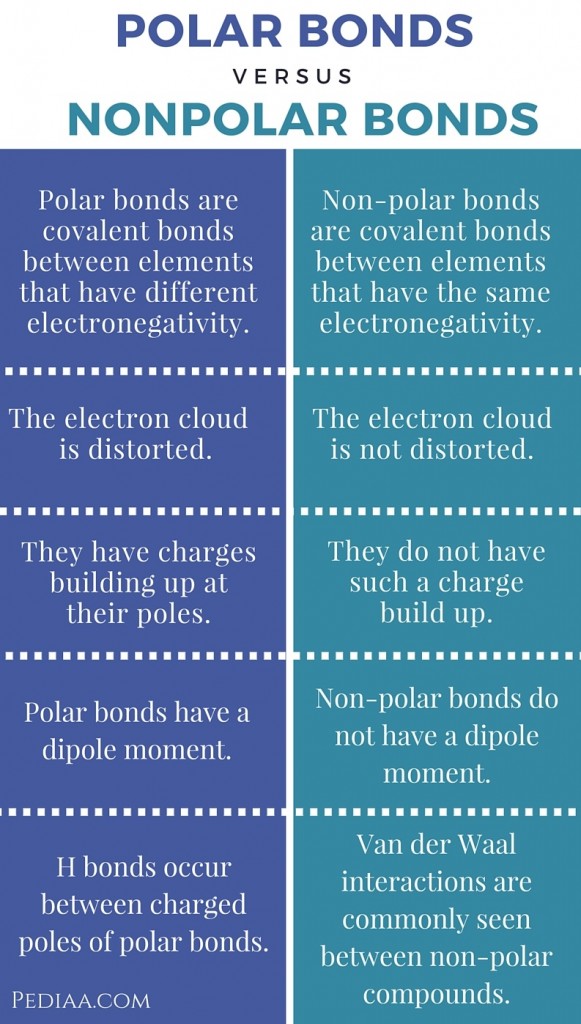
Difference Between Polar And Nonpolar Molecules Definition Formation
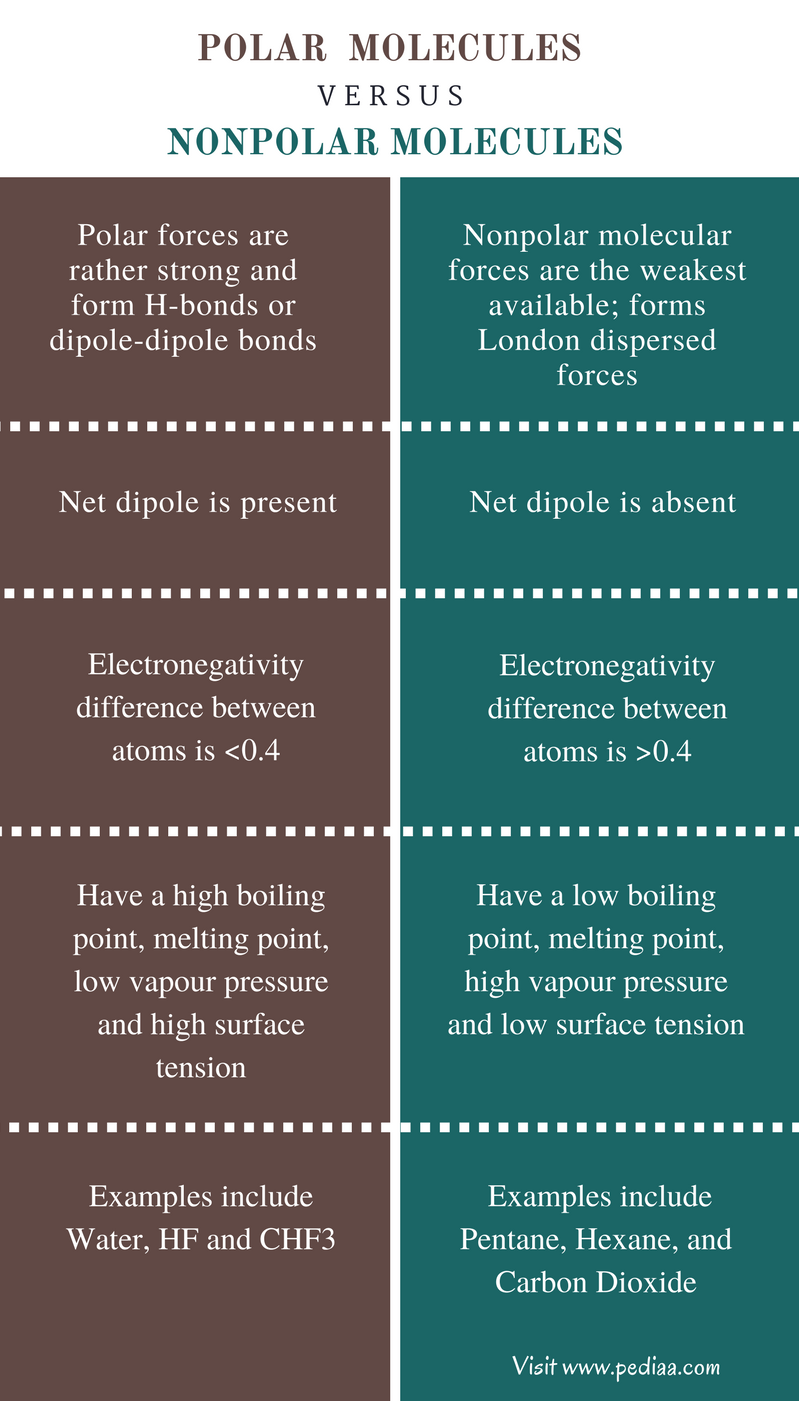
Nonpolar Covalent Bond Definition And Examples
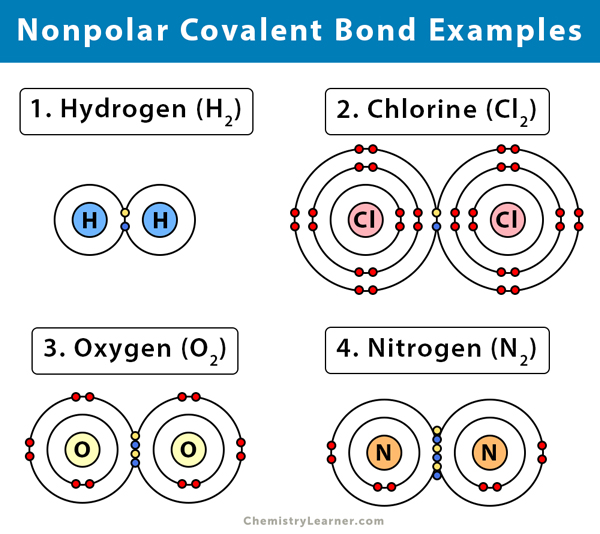
Difference Between Polar And Nonpolar Molecules Definition Formation
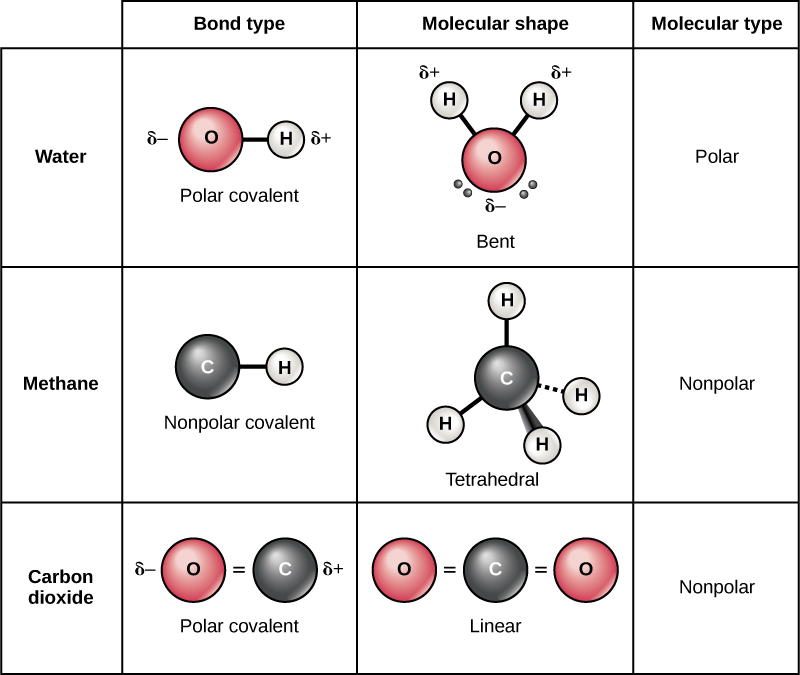
Polar Vs Nonpolar Bonds Overview Examples Expii Ionic Bonding

Polar Vs Nonpolar Bonds Overview Examples Expii


https://chemistrytalk.org › polar-vs-non-polar-bonds
Learn the difference between polar and non polar bonds and how to identify polar molecules based on electronegativity and dipole moment See examples of polar and non polar molecules and how they affect solubility and properties

https://www.chemistrylearner.com › chemical-bonds › ...
A polar covalent bond is a type of covalent bond where the electrons are unequally shared between two atoms due to their difference in electronegativity Learn how to identify compare and contrast polar covalent bonds with nonpolar covalent bonds and see examples of common compounds with polar covalent bonds
Learn the difference between polar and non polar bonds and how to identify polar molecules based on electronegativity and dipole moment See examples of polar and non polar molecules and how they affect solubility and properties
A polar covalent bond is a type of covalent bond where the electrons are unequally shared between two atoms due to their difference in electronegativity Learn how to identify compare and contrast polar covalent bonds with nonpolar covalent bonds and see examples of common compounds with polar covalent bonds

Difference Between Polar And Nonpolar Molecules Definition Formation

Difference Between Polar And Nonpolar Molecules Definition Formation

Polar Vs Nonpolar Bonds Overview Examples Expii Ionic Bonding

Polar Vs Nonpolar Bonds Overview Examples Expii
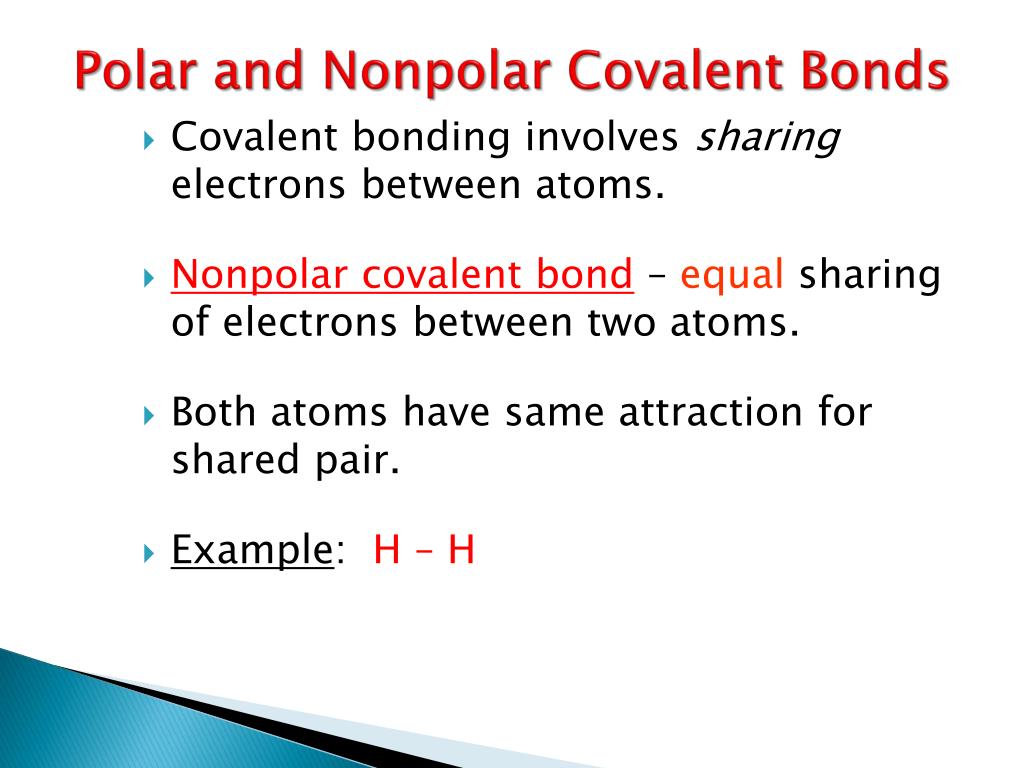
PPT Polar And Nonpolar Covalent Bonds PowerPoint Presentation Free

Difference Between Polar And Nonpolar Examples

Difference Between Polar And Nonpolar Examples

Double Covalent Bond